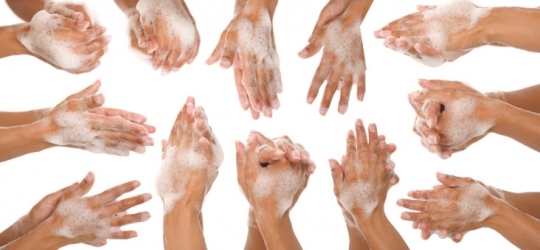Obsessive Compulsive Disorder
- Psychoanalytic psychotherapy
- Psychoanalysis
- Therapy for gifted children and adults
- Psychological assessment
- Therapeutic relaxation
- Mental health professionals
- Mental disorders and the way to cure them
- Aches and pains
- ADD and ADHD
- Anxiety
- Being addicted
- Clinical depression
- Obsessive-compulsive disorder
- Sexual problems
Obsessions and compulsions are common symptoms. Obsessive-cmpulsive disorder (OCD) appears as a catch-all category, grouping extremely diverse disorders, ranging from obsessional neurosis to certain psychoses.
Obsessions
Obsessions are recurrent and persistent thoughts, impulses, or images that cause distressing emotions such as anxiety or disgust
Rituals
Rituals consist of a sequence of acts that the person feels compelled to perform, often recognizing them as excessive or absurd. Cleaning rituals are the most frequent. They are meant to remove dirt, germs and avoid contamination. In children, bedtime rituals are very common. They ususally disappear when the child is 7 or 8 years old.
Compulsive checking
The a need to check is a compulsion. The obsessive fear may be to prevent damage, fire, leaks or harm. Common checking includes memory, gas or electric stove knobs or water taps. They are ways to try to contain anxiety.
Treatment
Behavioral therapy aims at modifying compulsive behaviours. However, finding psychic mechanisms underlying these behaviours is often what helps most. Psychoanalytic therapy and psychoanalysis are often indicated, even when the obsessions are due to a delusional state. When anxiety is the main symptom, relaxation therapy is a very effective way to reduce significantly the symptoms. Medication may be prescribed to act on any underlying depression, anxiety, or delusion. It may be useful to do a psychological assessment to determine the nature of the disorder and the most appropriate therapy.

